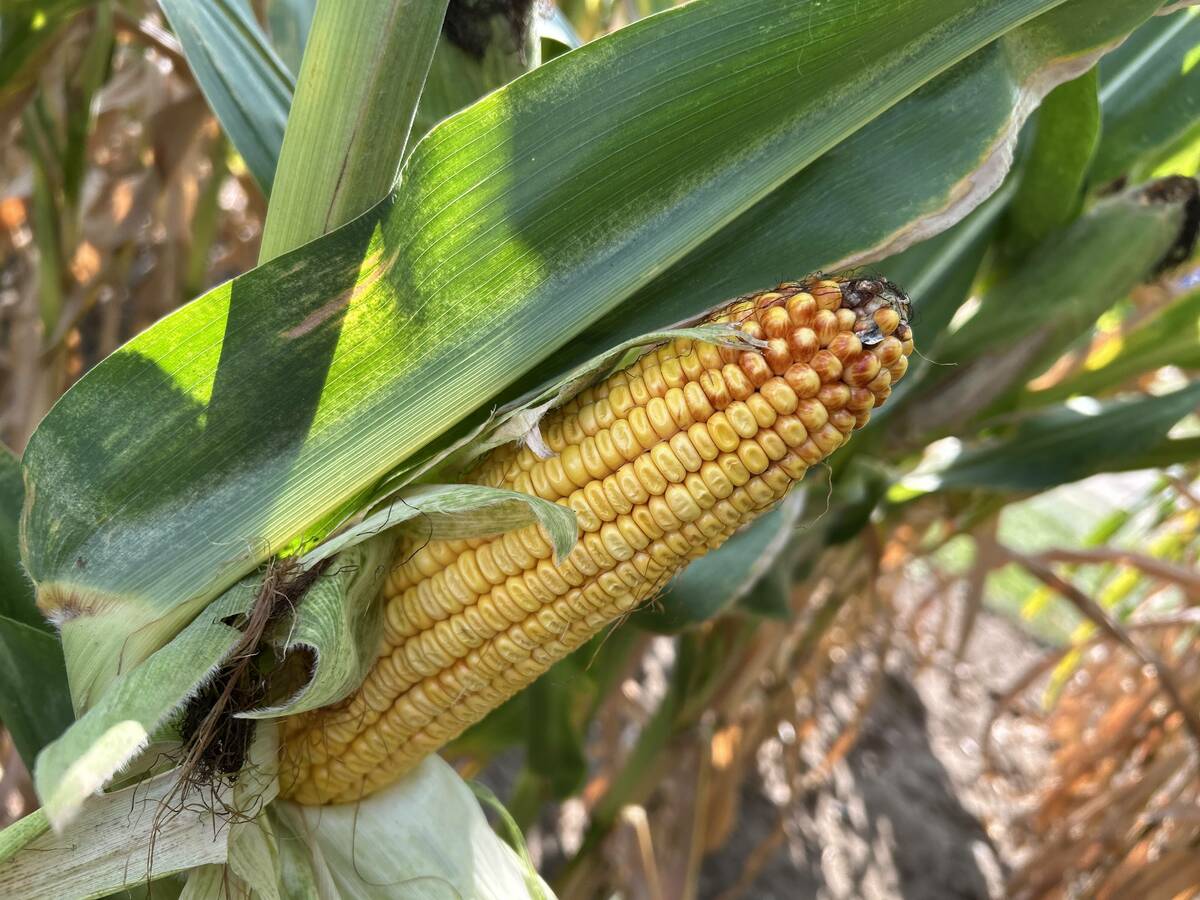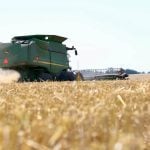Acres growing | Crop insurance to cover soybean production for most of the province
Saskatchewan farmers could be seeding three to four million acres of soybeans a year within five years, says the most active player in Manitoba’s soybean industry.
“In many parts of Saskatchewan, the beans will fit,” Delmar Commodities marketing manager Dale Heide said in an interview during Grainworld. “If (the Saskatchewan farmer) sees good returns, the growth will happen.”
Soybean acreage has exploded in Manitoba, increasing from less than 100,000 acres a decade ago to projections of up to 1.2 million acres this year.
Saskatchewan acreage was estimated at 60,000 last year and will likely be 90,000 to 100,000 acres this summer.
Read Also

Crop estimates show mixed results
Model-based estimates used by Statistics Canada showed the 2025/26 crop year has seen increases in canola, corn for grain, oats and lentils production while seeing dips in spring wheat, durum wheat, soybeans and barley in comparison to 2024/25.
It’s been a revolution in crop choices for farmers in warm, wet areas of the Prairies, and farmers, seed companies, grain companies and crop insurance providers have scrambled to keep up.
Saskatchewan and Manitoba recently expanded the areas in which they will insure soybeans, allowing more farmers to consider growing the crop.
An expanded test program in Manitoba now allows farmers across the province to grow soybeans and have crop insurance coverage, albeit at reduced levels to those in warmer areas that have previously had coverage.
Saskatchewan has added soybean production coverage to crop insurance for everywhere except the dry southwest.
Heide said the acreage gains are possible because of the steady improvements in soybean variety toughness and days-to-maturity. Every year, the new varieties are a few days safer to grow and can handle worse in-season challenges.
“Conditions will only get better and better,” said Heide, whose company operates Manitoba’s only dedicated soybean crusher and markets soybean seed across the Prairies.
“The heat cycle seems to be getting warmer and warmer.”
Heide said soybeans need warm areas with good rain, including in late summer when the pods are filling. That means they won’t do well where durum is a good crop, and vice versa.
The most promising areas on the Prairies, other than most of Manitoba, are in the irrigated land around Lethbridge, a zone from a Saskatoon-Regina north-south line to Manitoba, and in the region around Rosetown, Sask.
Some might think it unlikely that Saskatchewan farmers could so quickly incorporate millions of acres of a novel crop, but Heide said “they are good, fast adopters.”
He said soybean’s agronomic gains have been stunning, improving from yields in the low-20s in the mid-2000s to last year’s 37.5 bu. Manitoba average.
Wetter weather would have easily pushed Manitoba’s average over 40 bu. per acre, he added.
As well, the crop is cheap to grow because it requires few inputs and little management, and supplies nitrogen to the soil, which means it can steal acreage from many crops, including other pulses and canola.















